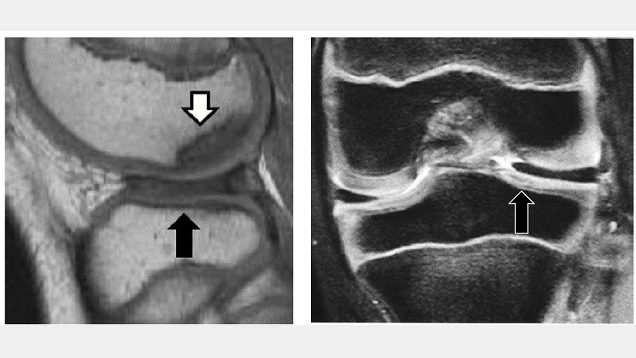Bridging the Gap: How Pragmatic Trials can Better Serve Healthcare Systems

A new thought piece led by the Harvard Pilgrim Health Care Institute with collaborators from Duke University and Kaiser Permanente Washington Health Research Institute highlights the challenges facing healthcare researchers and decision makers in the quest to improve population health in a constantly evolving healthcare landscape. The authors offer strategies to enhance the effectiveness of pragmatic clinical trials and increase their impact on real-world healthcare settings.
The Viewpoint appears October 2 in JAMA.
Pragmatic clinical trials, designed to inform health care decision-makers about the comparative benefits, burdens, and risks of health interventions, have seen a significant increase in interest over the past decade. Since 2012, the NIH Pragmatic Trials Collaboratory has supported 32 such trials, addressing critical issues like suicide prevention, opioid prescribing, and infection control.
Pragmatic clinical trials are designed to bridge the gap between research and care, and we believe this bridge can be built even more efficiently.
– Richard Platt, MD, MSc
Pragmatic clinical trials compare treatments in everyday clinical settings, rather than under ideal conditions. However, the authors note that the adoption of trial findings by healthcare systems has been inconsistent.
“Our goal is to ensure that the findings from these trials are not only scientifically sound but also readily implementable in diverse healthcare settings,” says lead author Richard Platt, Harvard Medical School distinguished professor of population medicine at the Harvard Pilgrim Health Care Institute. “Pragmatic clinical trials are designed to bridge the gap between research and care, and we believe this bridge can be built even more efficiently.”
The authors identify key challenges and propose solutions to align trial goals with healthcare system needs, including:
- Identifying relevant outcomes: Collaborate with healthcare leaders to determine the clinical or cost-saving outcomes that would motivate adoption.
- Shortening trial duration: Designing trials to span 2-3 years to match the decision-making timelines of healthcare systems.
- Conducting interim assessments: Utilizing interim analyses to provide timely information and potentially stop or modify trials early.
- Considering costs: Understanding and planning for associated costs to ensuring interventions are sustainable post-trial.
“By accommodating the priorities of healthcare leaders and introducing adaptive trial designs, we can generate actionable evidence that truly improves patient care,” adds Dr Platt.







